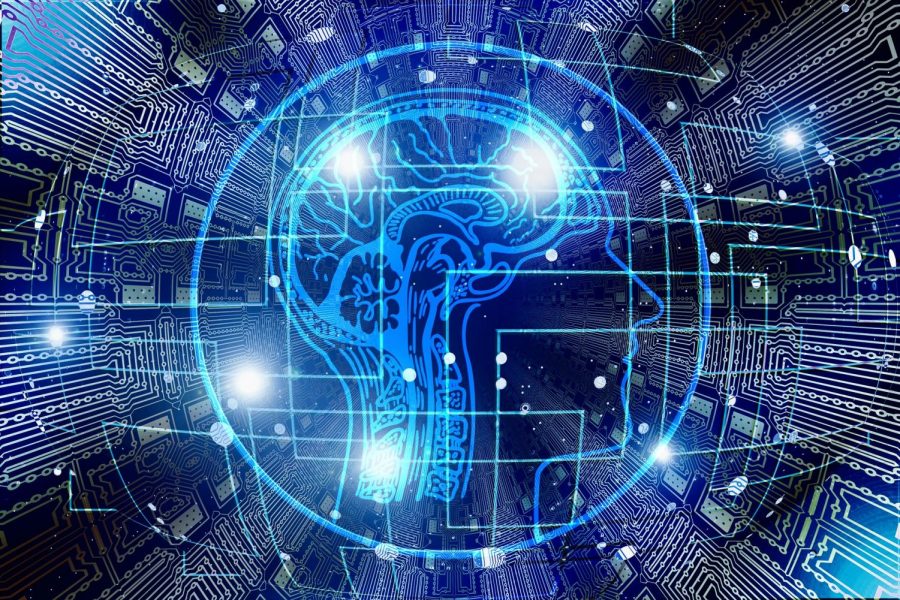When it comes to medicine, many believe our knowledge of physiology – the processes and functions within the body – is constantly changing, but new knowledge of anatomy – the structures within the body – has been exhausted. This has proved to be untrue, as breakthrough discoveries are made constantly, one of the most recent being a complete set of vessels in the brain.

Neurologist and radiologist Daniel Reich identified the dark purple areas on the MRI scan shown above as a part of the body’s lymphatic system, which transports lymph throughout the body. Lymph is a fluid whose purpose is to remove wastes and toxins, as well as fight infections. Scientists previously believed in the absence of lymph in the brain, but Reich’s research shows otherwise.
These findings could potentially push researchers to reevaluate the relationship between the immune system and neuroimmunological diseases, particularly those associated with aging. Nevertheless, one should keep in mind the earliness in the process of these studies. “The study shows that these vessels exist. We haven’t shown that they’re involved in any disease process,” says Reich, “but it’s reasonable to think that they might be.”
Reich’s results raise the question, “how has this not been discovered before?” considering the fact that many have operated on and dissected the human brain. How did this go unnoticed when the brain was being picked apart piece by piece, with the purpose of adding to the knowledge-base of neuroanatomy?
These lymphatic vessels lie directly next to larger blood vessels, which have often overshadowed them on scans in the past. They are also obscured by a thick membrane, making them even more difficult to locate. Reich points out another major factor: no one has been actively seeking these vessels.
Many questions about these findings, as well as neurodegenerative diseases, remain unanswered. The complexity of the nervous system keeps us from fully understanding neurological disorders – and its regular functioning – but each discovery brings us one step closer to solving the puzzle.










Konnor Bradley • Oct 26, 2017 at 8:52 am
She does a great job showing how the mind works.